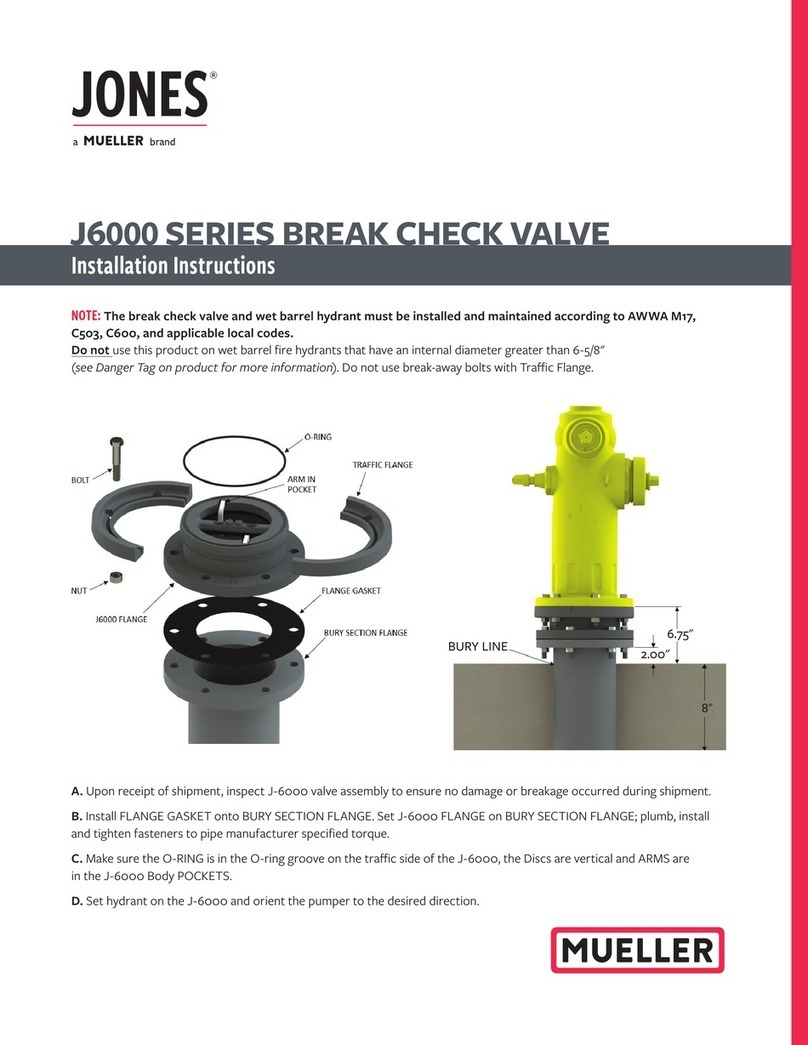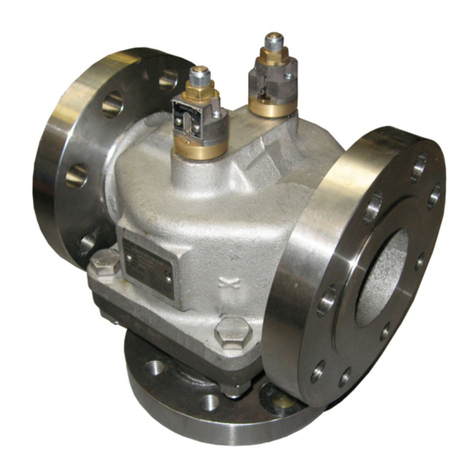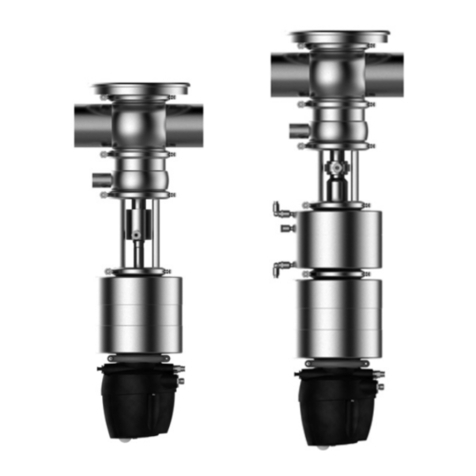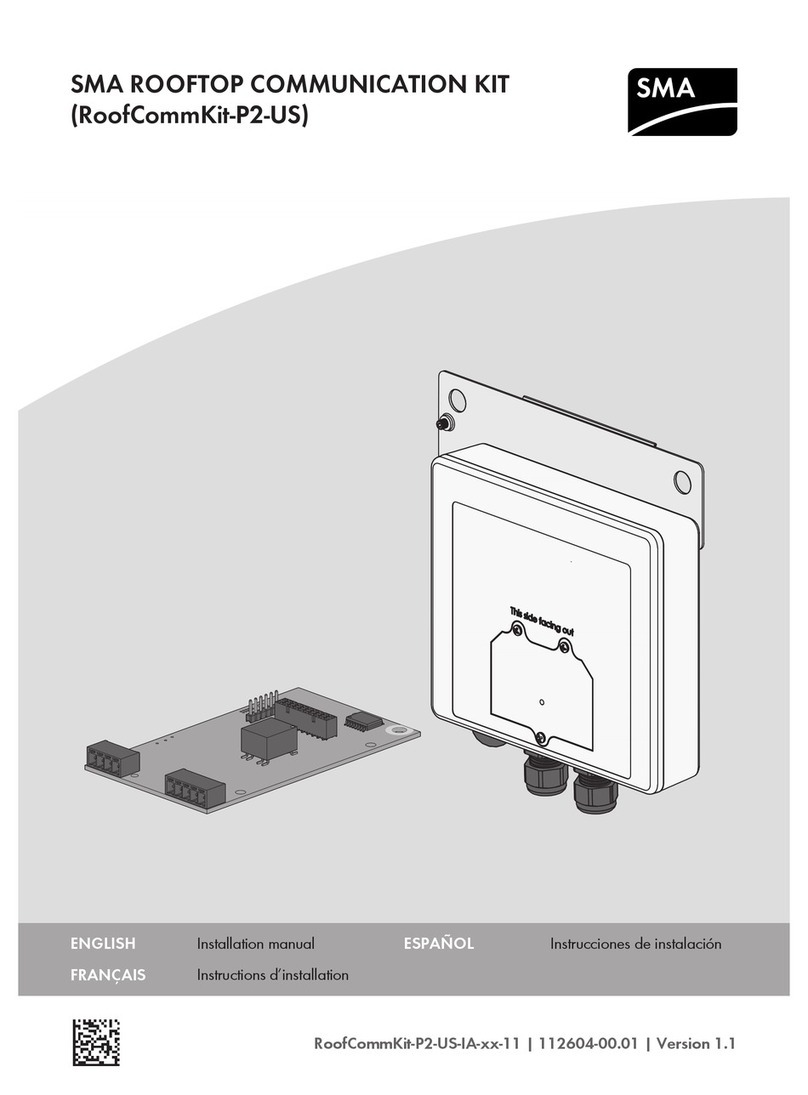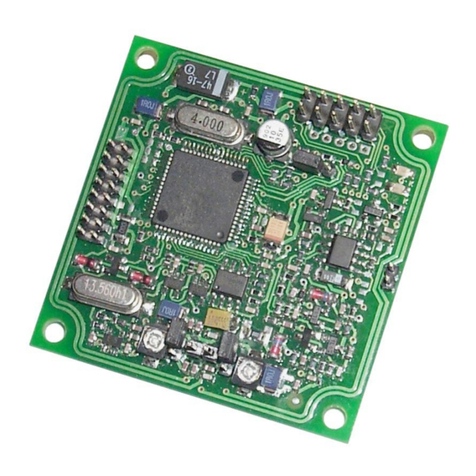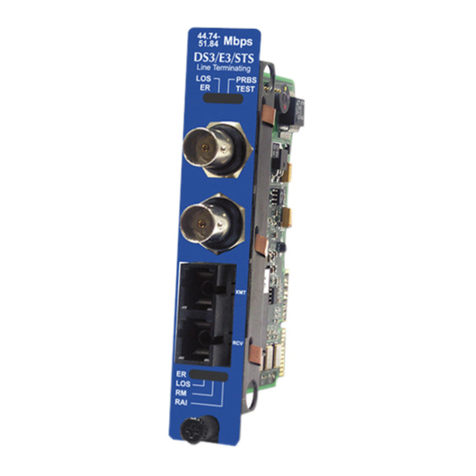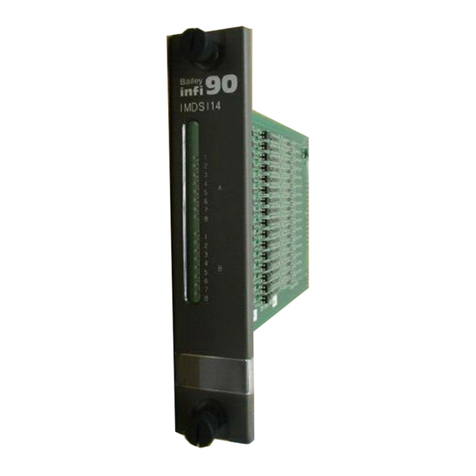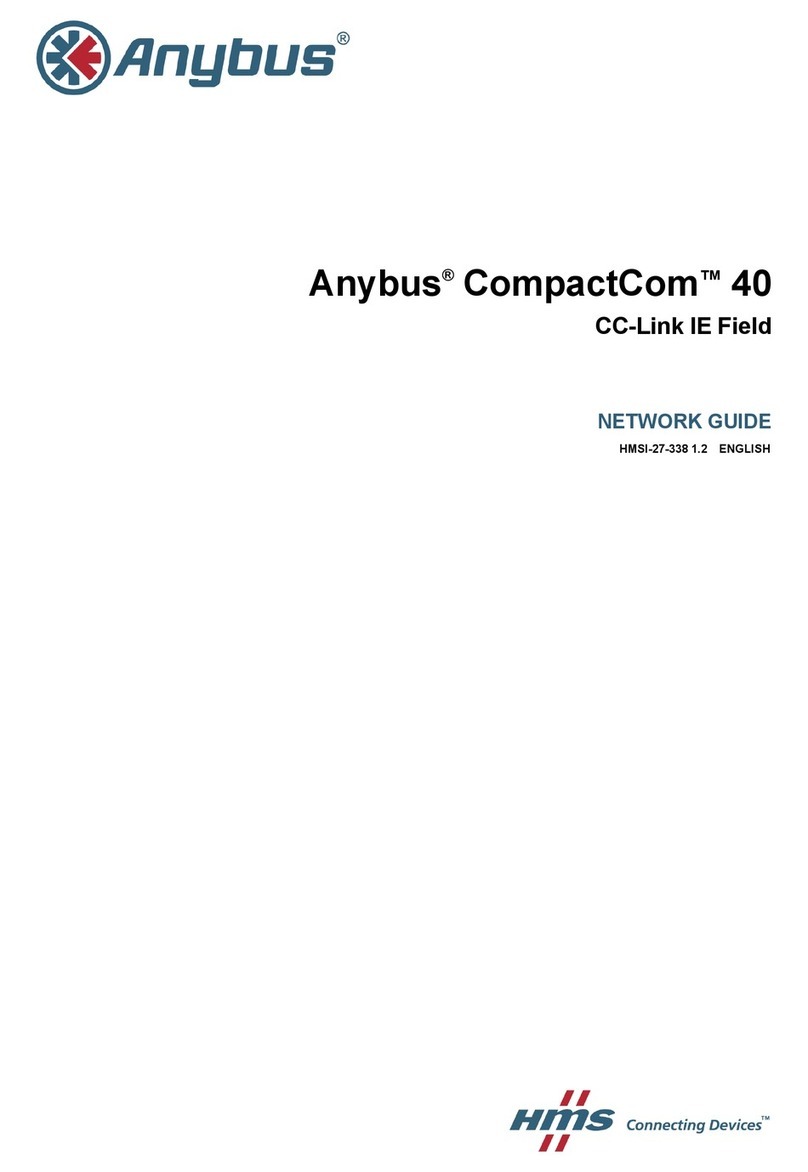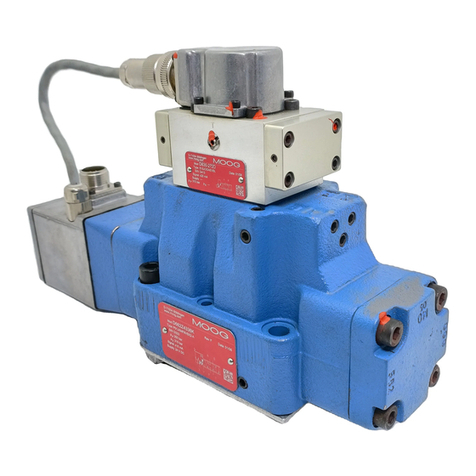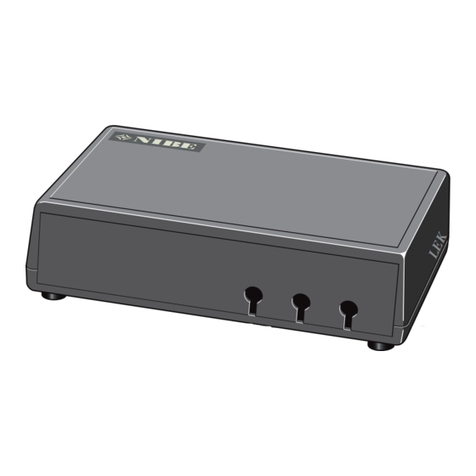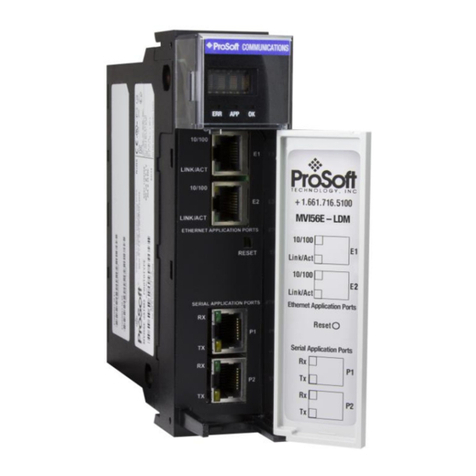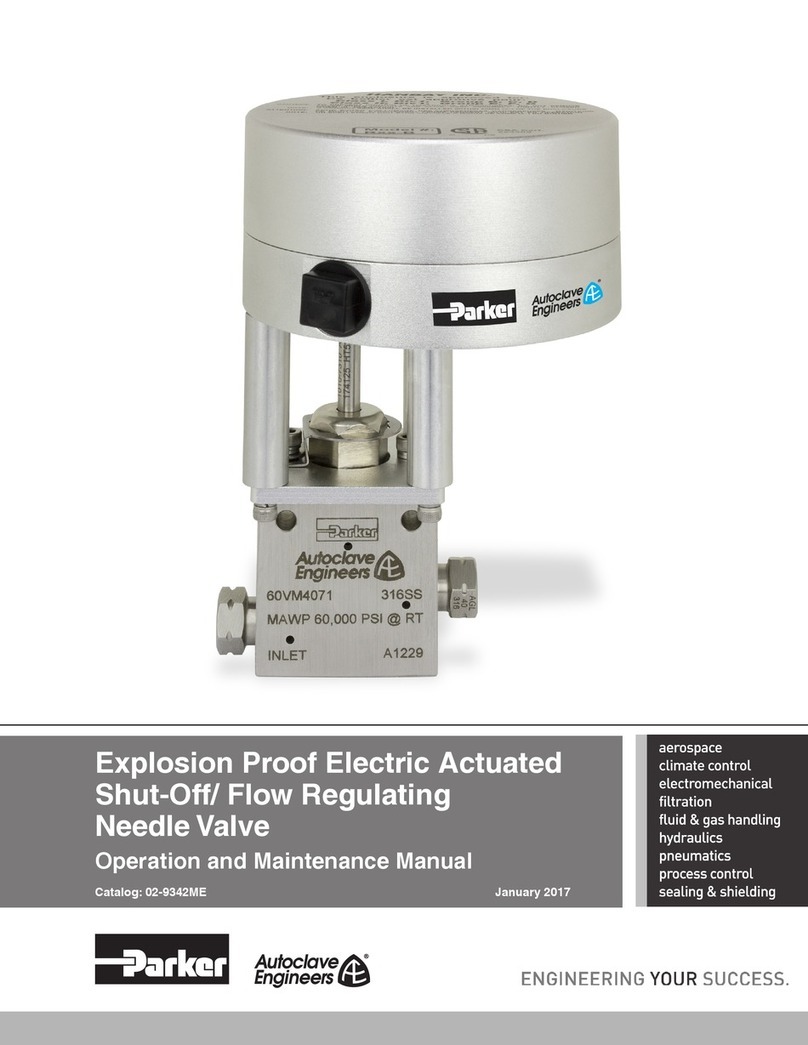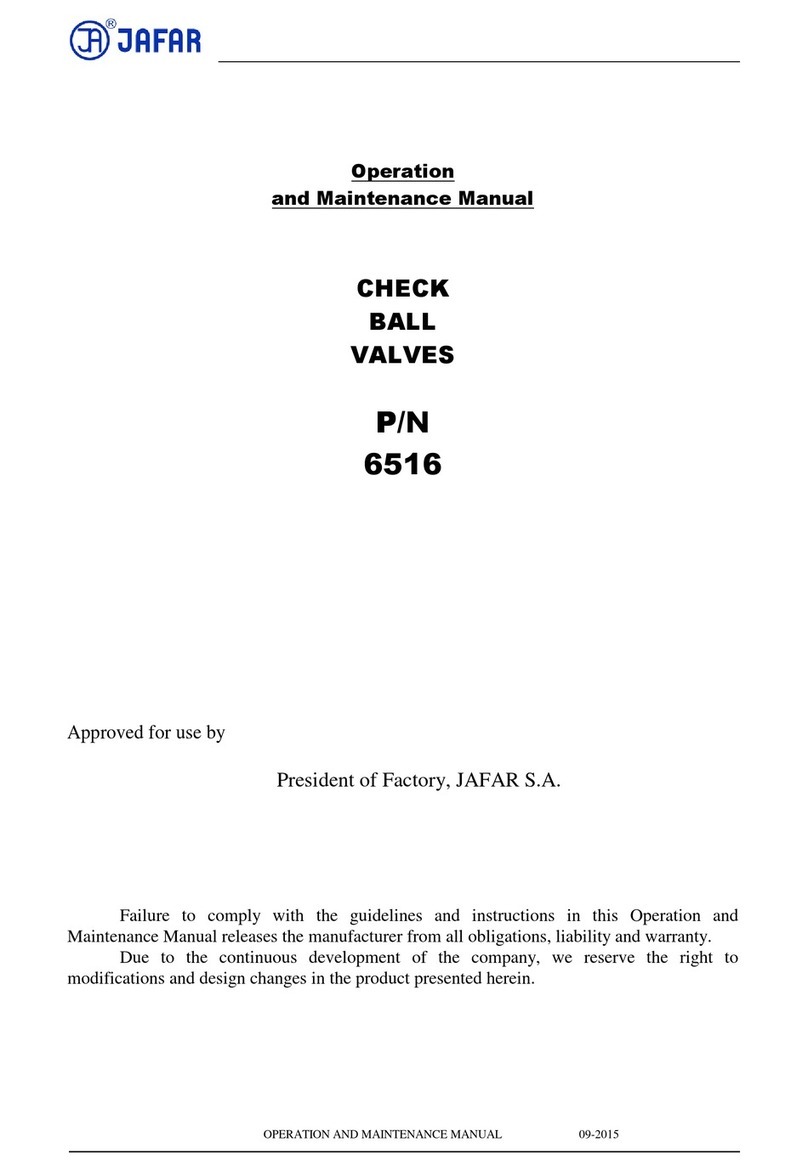User Manual DEV 7xxx Optribution® Modules
Copyright DEV Systemtechnik GmbH 2012-2017 7
The optical transmitter modules for the (extended) L-Band provide LNB power with
current monitoring, i.e. the modules are prepared to feed DC current through the
RF input port in order to supply LNBs or inline amplifiers with power. At the
DEV 7232, at the DEV 7233, and at the DEV 7251, the "Bias" push button (5) is used
to turn on [the "Bias" LED (3) is red or green, see below] or off [the "Bias" LED (3) is
off] the LNB power supply. Alternatively -or exclusively for the modules DEV 7231,
DEV 7241, and DEV 7244 with Option 35 (see below)-, the LNB power supply can be
switched in Local Mode via Web Interface, and in Remote Mode via SNMP, given
that the Optribution® chassis provides these features.
The RF input port of an optical transmitter module for the (extended) L-Band is
short circuit protected, though it is highly recommended to turn off the LNB power
while working on the RF cabling to avoid damages!
The current monitoring functionality is applied for the surveillance of the LNB
power supply of an optical (extended) L-Band transmitter module. I.e. the current
delivered by the RF input port is measured and compared with adjustable upper
and lower threshold values -i.e. the current monitoring interval-. The current
monitoring status is indicated via the "Bias" LED(s) (3) on the front panel of the
module: If LNB power is turned on and the supplied current is within the current
monitoring interval, the LED is green. If the lower limit of the current monitoring
interval (no or not enough current) or the upper limit of the current monitoring
interval (too much current is drawn) is exceeded, the LED is red. The current
monitoring status is indicated in parallel via Web Interface and via SNMP, given that
the Optribution® chassis provides these features.
Note:
For the Optribution® chassis providing a Web Interface, the "Bias" push button
at the modules DEV 7232, DEV 7233, and DEV 7251 can be operated in Local
Mode only and if it is not disabled, please refer to the related Optribution®
chassis user manual.
It is not recommended to supply a current sink (e.g. an LNB) with the LNB
power supply from more than one module -i.e. parallel connection-. Due to
variations of parts, the current load for the modules will be not balanced and
the current monitoring will not work properly.
By default, the DEV 7244 is equipped with a single RF input port, if ordered with
Option 35 two RF input ports are available, one for a 10 MHz reference signal
and the other for extended L-Band signals. Note that only with applied
Option 35 the DEV 7244 provides LNB power at the RF input port for the
extended L-Band.
The laser radiation detection of the DEV 7232, DEV 7233, DEV 7238, DEV 7244, and
of the DEV 7251 serves as the light status indication and may signalize that the laser
diode is not generating enough light -for that the aging of the laser diode will be the
most probable cause-. The "Opt." LED (4) at these modules turns from green to red
in this case. Additionally, the status of the laser radiation detection is indicated via
Web Interface and via SNMP, given that the Optribution® chassis provides these
features. Note that the "Opt." LED of the DEV 7244 monitors both laser diodes, i.e. it
turns to red if one of the laser diodes is not generating enough light (logical OR).




















